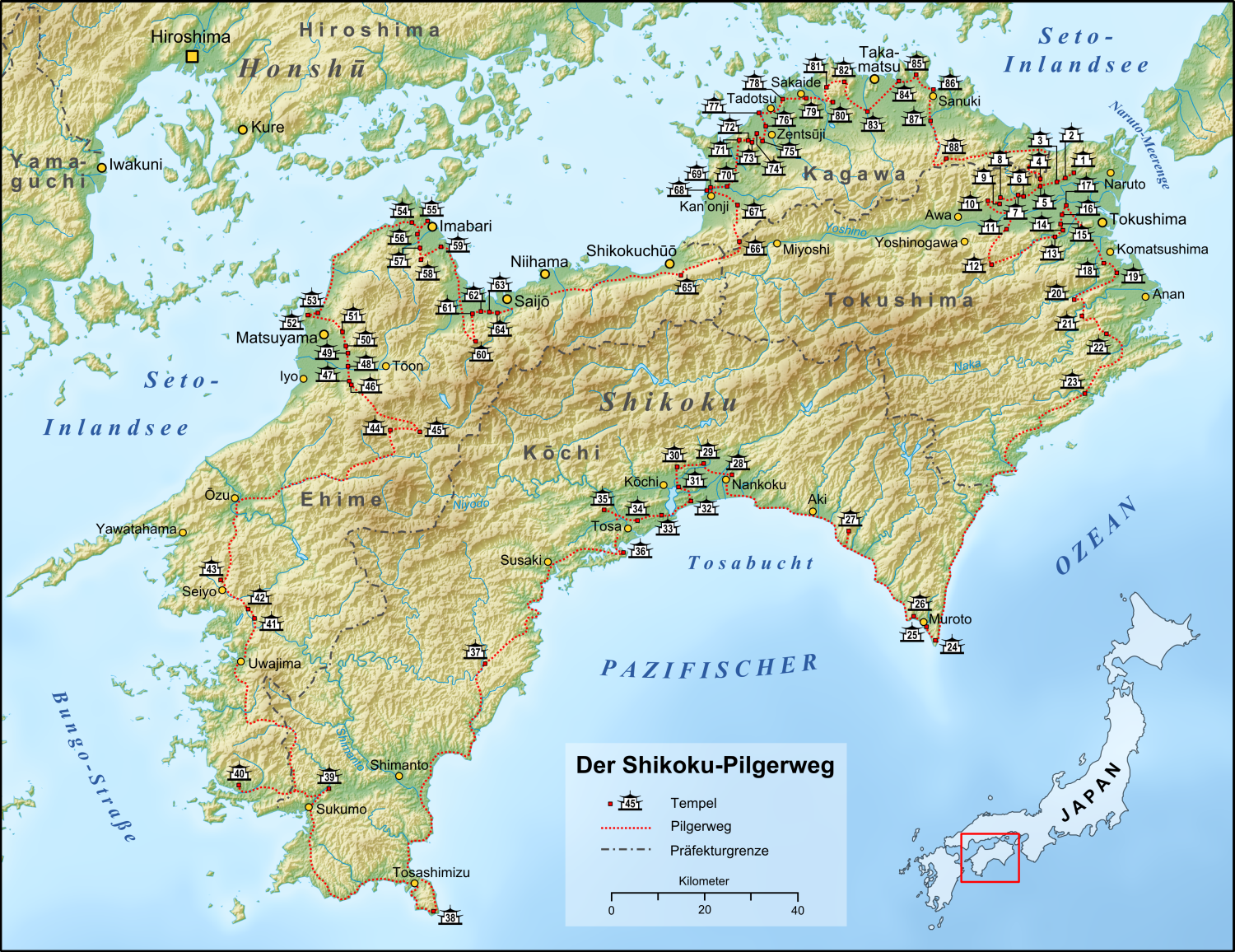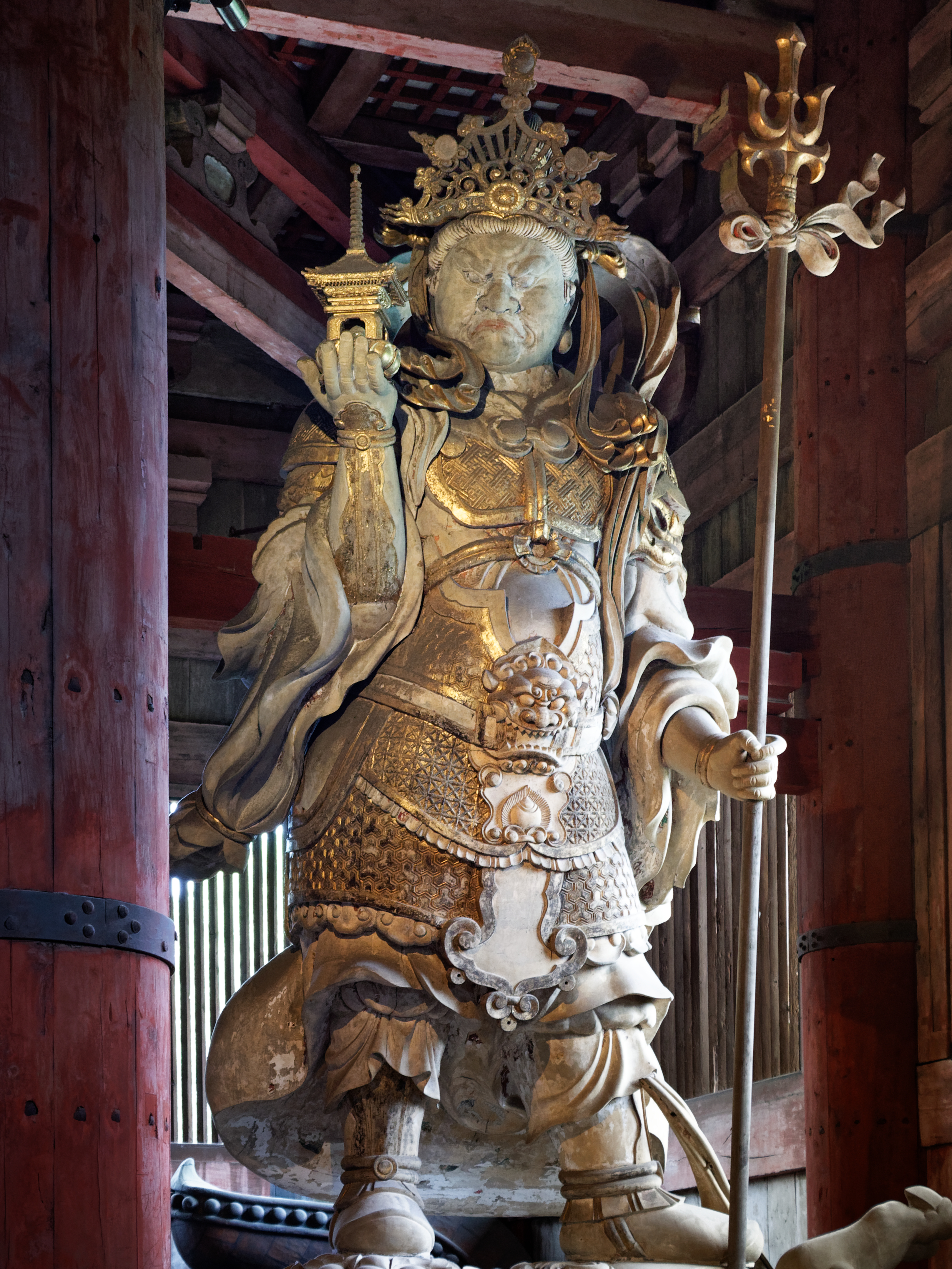|
Goshuin
---- A , also called "Go-shuin (御朱印)" as an Honorific_speech_in_Japanese, honorific, is a seal stamp given to worshippers and visitors to Shinto shrines and Buddhist temples in Japan, Buddhist temples in Japan. The seal stamps are often collected in books called that are sold at shrines and temples. The stamps are different from commemorative stamps in that they are made by people who work at the shrines or temples: Shinto ''Kannushi or Buddhist Bhikkhu, Hōshi''. To create the shuin, the writer presses down one or more large stamps, and then uses black ink to write, in their Japanese calligraphy, distinctive calligraphy, the day of the visit, the name of the shrine or temple, as well as sometimes the names of the relevant Kami or Buddhist deities, and other messages. There are various theories about the origin of shuin, though the strongest is that it was a receipt for a dedicated Sutra copying, copied sutra. There are still temples where one cannot receive a shuin wit ... [...More Info...] [...Related Items...] OR: [Wikipedia] [Google] [Baidu] |
Sutra Copying
250px, Modern sutra copying in Japan Sutra copying (Chinese: 抄經, ''chāojīng''; Japanese: 写経, ''shakyō'') is the East Asian practice of hand-copying Buddhist sutras. Sutra copying involves the meticulous hand-transcription of Buddhist scriptures as an act of devotion, study, meditation, and merit-making. This tradition dates back to Indian Mahayana Buddhism which saw the practice of copying sutras as highly meritorious. Practitioners engage in this process to generate merit, cultivate mindfulness, calm concentration, deepen their understanding of the Buddhist teachings and preserve the Buddhist Dharma for future generations.265px, A sutra copying dojo, 写経道場 (shakyō dōjō). Sutra copying is considered to generate merit, a kind of spiritual goodness which grows with each positive act one performs. Mahayana sutras contain many passages which discuss how copying and disseminating them (known as "upholding the sutras") will create merit and other positive benefi ... [...More Info...] [...Related Items...] OR: [Wikipedia] [Google] [Baidu] |
Temples In Japan
A temple (from the Latin ) is a place of worship, a building used for spiritual rituals and activities such as prayer and sacrifice. By convention, the specially built places of worship of some religions are commonly called "temples" in English, while those of other religions are not, even though they fulfill very similar functions. The religions for which the terms are used include the great majority of ancient religions that are now extinct, such as the Ancient Egyptian religion and the Ancient Greek religion. Among religions still active: Hinduism (whose temples are called Mandir or Kovil), Buddhism (whose temples are called Vihar), Sikhism (whose temples are called gurudwara), Jainism (whose temples are sometimes called derasar), Zoroastrianism (whose temples are sometimes called Agiary), the Baháʼí Faith (which are often simply referred to as Baháʼí House of Worship), Taoism (which are sometimes called Daoguan), Shinto (which are often called Jinja), Confucian ... [...More Info...] [...Related Items...] OR: [Wikipedia] [Google] [Baidu] |
Kagawa Prefecture
is a Prefectures of Japan, prefecture of Japan located on the island of Shikoku. Kagawa Prefecture has a population of 949,358 (as of 2020) and is the List of Japanese prefectures by area, smallest prefecture by geographic area at . Kagawa Prefecture borders Ehime Prefecture to the southwest and Tokushima Prefecture to the south. Takamatsu, Kagawa, Takamatsu is the capital and largest city of Kagawa Prefecture, with other major cities including Marugame, Kagawa, Marugame, Mitoyo, Kagawa, Mitoyo, and Kan'onji, Kagawa, Kan'onji. Kagawa Prefecture is located on the Seto Inland Sea across from Okayama Prefecture on the island of Honshu, which is connected by the Great Seto Bridge. Kagawa Prefecture includes Shōdoshima, the second-largest island in the Seto Inland Sea, and the prefecture's southern land border with Tokushima Prefecture is formed by the Sanuki Mountains. History Kagawa was formerly known as Sanuki Province. For a brief period between August 1876 and December ... [...More Info...] [...Related Items...] OR: [Wikipedia] [Google] [Baidu] |
Zentsū-ji
The is a Buddhist temple of the Shingon sect in Zentsūji, Kagawa, Japan. It was established in 807 by Kūkai, founder of Shingon Buddhism, who was born where the temple now stands. The oldest structure, the Shakadō Hall, dates to around 1677. Zentsū-ji is the 75th temple of the Shikoku Pilgrimage. It is also one of the three temples on the tour that Kūkai visited, the others being Tairyūji and Muroto Misaki, as Kūkai mentioned them by name in his writings. The temple is divided into the east precinct (''tō-in)'' centered around the main hall (the Kondō Hall) and the west precinct ''(sai-in)'', where the Mieidō Hall stands over Kūkai's birthplace. The temple grounds burned down in the 16th century during the war-torn Sengoku period, and many structures have been destroyed and rebuilt over the centuries. Notable buildings East precinct (''tō-in'') *Gojūnotō – five-storied pagoda and tallest temple structure. Current pagoda completed in 1902. An Importan ... [...More Info...] [...Related Items...] OR: [Wikipedia] [Google] [Baidu] |
Jōdo Shinshū
, also known as Shin Buddhism or True Pure Land Buddhism, is a school of Pure Land Buddhism founded by the former Tendai Japanese monk Shinran. Shin Buddhism is the most widely practiced branch of Buddhism in Japan. History Shinran (founder) Shinran (1173–1263) lived during the late Heian period, Heian to early Kamakura period (1185–1333), a time of turmoil for Japan when the Emperor of Japan, Emperor was stripped of political power by the Shogun, shōguns. Shinran's family had a high rank at the Imperial Court in Kyoto, Imperial Court in Kyoto, but given the times, many aristocratic families were sending sons off to be bhikkhu, Buddhist monks instead of having them participate in the Imperial government. When Shinran was nine years old in 1181, he was sent by his uncle to Mount Hiei, where he was ordained as a śrāmaṇera in the Tendai sect. Over time, Shinran became disillusioned with how Buddhism was practiced, foreseeing a decline in the potency and practicality of the ... [...More Info...] [...Related Items...] OR: [Wikipedia] [Google] [Baidu] |
Shikoku Pilgrimage
The or is a multi-site pilgrimage of 88 temples associated with the Buddhist monk Kūkai (''Kōbō Daishi'') on the island of Shikoku, Japan. A popular and distinctive feature of the island's cultural landscape, and with a long history, large numbers of pilgrims, known as , still undertake the journey for a variety of ascetic, pious, and tourism-related purposes. The pilgrimage is traditionally completed on foot, but modern pilgrims use cars, taxis, buses, bicycles, or motorcycles, and often augment their travels with public transportation. The standard walking course is approximately long and can take anywhere from 30 to 60 days to complete. In addition to the 88 "official" temples of the pilgrimage, there are 20 ''bekkaku'' (別格) temples, which are officially associated with the Shikoku Pilgrimage (and hundreds more ''bangai'' (番外) temples, simply meaning "outside the numbers," which are not considered part of the official 88). To complete the pilgrimage, it ... [...More Info...] [...Related Items...] OR: [Wikipedia] [Google] [Baidu] |
Kansai Kannon Pilgrimage
The is a pilgrimage of thirty-three Buddhism, Buddhist temples throughout the Kansai region of Japan, similar to the Shikoku Pilgrimage. In addition to the official thirty-three temples, there are an additional three known as . The principal image in each temple is Kannon, known to Westerners as the Bodhisattva of Compassion (sometimes translated as 'Goddess of Mercy'); however, there is some variation among the images and the powers they possess. It is traditional for pilgrims to wear white clothing and conical straw hats and to carry walking sticks. While the route was historically traveled by foot, today pilgrims usually use cars or trains. Pilgrims record their progress with a , which the temple staff Shuin, mark with red stamps and Japanese calligraphy indicating the temple number, the temple name, and the specific name of the Kannon image. Some pilgrims receive the stamps and calligraphy on wall scrolls (for a decorative hanging) and on their white coats (to be cremated in) ... [...More Info...] [...Related Items...] OR: [Wikipedia] [Google] [Baidu] |
Shinbutsu Bunri
The Japanese term indicates the separation of Shinto from Buddhism, introduced after the Meiji Restoration which separated Shinto ''kami'' from buddhas, and also Buddhist temples from Shinto shrines, which were originally amalgamated. It is a yojijukugo phrase. Background before 1868 Until the end of the Edo period, in 1868, Shinto and Buddhism were intimately connected in what was called ''shinbutsu-shūgō'' (神仏習合), to the point that the same buildings were often used as both Shinto shrines and Buddhist temples, and Shinto gods were interpreted as manifestations of Buddhas. However, the tendency to oppose Buddhism as a foreign import and to uphold Shinto as the native religion can be seen already during the early modern era, partly as a nationalistic reaction.. In a broad sense, the term ''shinbutsu bunri'' indicates the effects of the anti-Buddhist movement that, from the middle of the Edo period onwards, accompanied the spread of Confucianism, the growth of stud ... [...More Info...] [...Related Items...] OR: [Wikipedia] [Google] [Baidu] |
Buddhist Deities
Buddhism includes a wide array of divine beings that are venerated in various ritual and popular contexts. Initially they included mainly Indian figures such as devas, asuras and yakshas, but later came to include other Asian spirits and local gods (like the Burmese ''nats'' and the Japanese ''kami''). They range from enlightened Buddhas to regional spirits adopted by Buddhists or practiced on the margins of the religion. Buddhists later also came to incorporate aspects from the countries to which it spread. As such, it includes many aspects taken from other mythologies of those cultures. Buddhas A Buddha is a being who is fully awakened and has fully comprehended the Four Noble Truths. In the Theravada tradition, while there is a list of acknowledged past Buddhas, the historical Buddha Sakyamuni is the only Buddha of our current era and is generally not seen as accessible or as existing in some higher plane of existence. The Pali literature of the Theravāda tradi ... [...More Info...] [...Related Items...] OR: [Wikipedia] [Google] [Baidu] |
Kami
are the Deity, deities, Divinity, divinities, Spirit (supernatural entity), spirits, mythological, spiritual, or natural phenomena that are venerated in the traditional Shinto religion of Japan. ''Kami'' can be elements of the landscape, forces of nature, beings and the qualities that these beings express, and/or the spirits of venerated dead people. Many ''kami'' are considered the ancient ancestors of entire Japanese clans, clans (some ancestors became ''kami'' upon their death if they were able to embody the values and virtues of ''kami'' in life). Traditionally, great leaders like the Emperor of Japan, Emperor could be or became ''kami''. In Shinto, ''kami'' are not separate from nature, but are of nature, possessing positive and negative, and good and evil characteristics. They are manifestations of , the interconnecting energy of the universe, and are considered exemplary of what humanity should strive towards. ''Kami'' are believed to be "hidden" from this world, and in ... [...More Info...] [...Related Items...] OR: [Wikipedia] [Google] [Baidu] |







